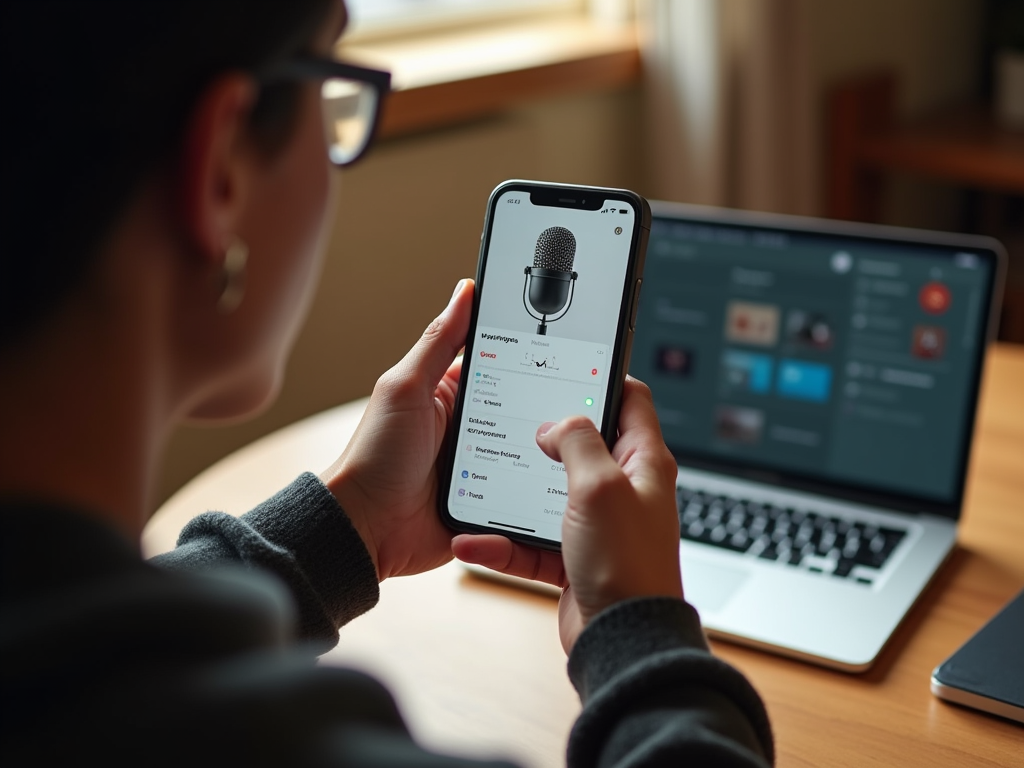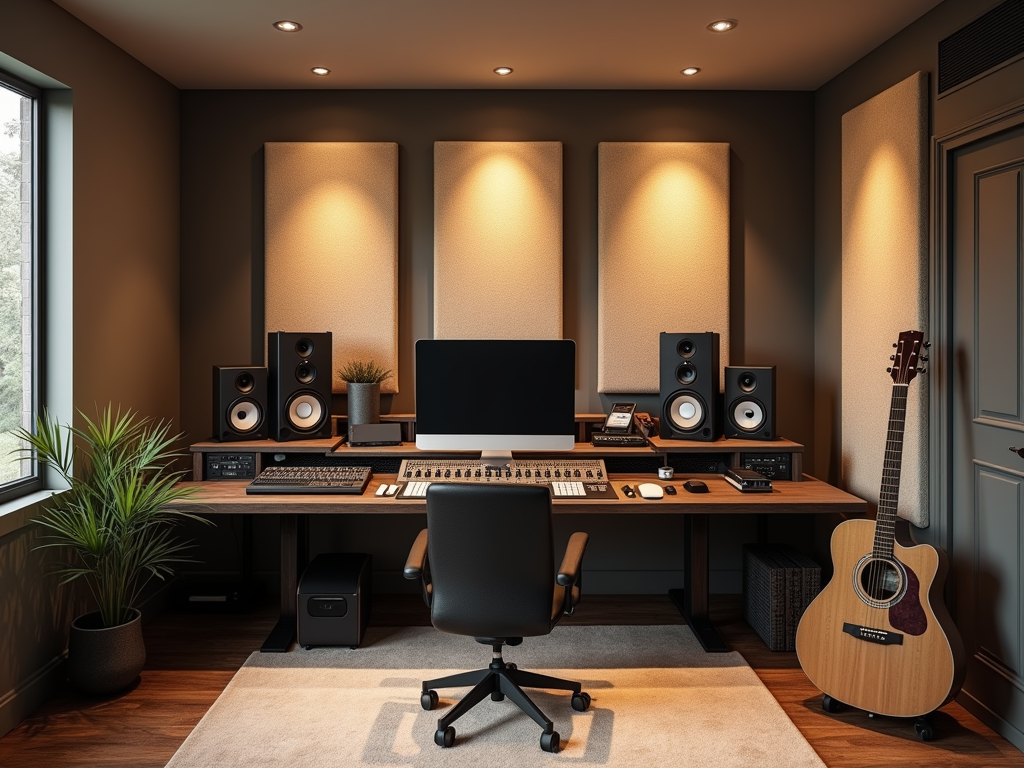When it comes to selecting the best microphone for iOS devices, the options can be overwhelming. The best microphone largely depends on your specific needs, such as whether you’re recording music, podcasts, or video content. However, several brands and models stand out in terms of quality, versatility, and ease of use. In this article, we’ll explore various types of microphones suitable for iOS, highlighting the features that make each one excel. Whether you’re a beginner or a seasoned content creator, you’ll find the right microphone to elevate your audio experience.
Types of Microphones for iOS

Microphones come in various types, each designed for distinct purposes. Below are the most common types you may consider for your iOS device:
- Dynamic Microphones: Ideal for live performances, these mics are durable and can handle loud sounds without distortion.
- Condenser Microphones: Known for capturing finer details, they are perfect for studio recording and vocals.
- Lavalier Microphones: Also known as lapel mics, they are small and can be clipped to clothing, making them great for interviews and presentations.
- Shotgun Microphones: Highly directional, they capture sound from a specific source, which is perfect for video recording.
- USB Microphones: These are easy to connect to iOS devices with USB adapters and often come with built-in audio interfaces.
Understanding the types of microphones available will help you choose the right equipment for your specific needs, ensuring you capture the best sound possible.
Top Picks for Microphones Compatible with iOS

Now that we’ve identified the different types of microphones, let’s dive into some of the top picks on the market that have proven to deliver exceptional audio quality for iOS devices:
- Shure MV88: This is a compact, stereo condenser microphone designed specifically for iOS devices. It offers app control, allowing you to adjust settings in real-time.
- Rode Microphones VideoMic Me-L: This is a directional microphone that connects directly to your Lightning port, designed for video recording that requires clear audio.
- Zoom iQ7: A mid-side stereo mic that offers incredible sound quality. Its versatile design makes it perfect for music recording and interviews.
- Blue Snowball iCE: Although it requires a USB adapter, this mic offers a professional sound and is great for podcasting and streaming on iOS.
- Lavalier Mic by Movo: This affordable lavalier microphone works seamlessly for interviews or video blogs and connects easily to your iOS devices.
Each of these microphones has its unique features and strengths. Depending on whether you’re focusing on mobility, sound fidelity, or specialized recordings, any of these options can serve you well.
When choosing a microphone for your iOS device, several key features should guide your decision. First, look at the microphone type that best suits your needs, as discussed earlier. Second, consider the connectivity options; most modern iOS devices require Lightning connections, so ensure compatibility. Third, assess the microphone’s sensitivity and frequency response to determine how well it captures audio across different ranges. Additionally, portability is an essential factor; if you plan to record on the go, a compact design will be beneficial. Finally, read customer reviews to ensure the microphone meets your expectations in real-world usage. In summary, focus on:
- Microphone Type
- Connectivity Options
- Sensitivity and Frequency Response
- Portability
- Customer Reviews
Setting Up Your Microphone with iOS
Setting up your microphone is straightforward, but there are a few steps to follow for optimal performance. Begin by ensuring that your microphone is charged or has fresh batteries if required. Next, plug the microphone into your iOS device; for microphones using a 3.5mm jack, you may need an adapter if your device lacks a headphone jack. Once connected, open the appropriate app for your recording needs, whether it’s GarageBand, Voice Memos, or a video editing app. Before recording, perform a test to adjust input levels and ensure clarity. Finally, always monitor your recordings through headphones to catch any unwanted noise or interruptions as you go. This preparation ensures your audio will meet your creative standards.
Conclusion
In conclusion, the best microphone for your iOS device depends on your specific recording needs and intended use. Whether you opt for a compact microphone like the Shure MV88 or select a shotgun mic for precision, there are excellent choices available for quality audio capture. By understanding the various types of microphones, exploring top picks, and considering essential features, you’ll enhance your recording experience and produce professional-quality sound. Invest wisely, and your content will certainly benefit from improved audio clarity.
Frequently Asked Questions
1. Can I use a regular microphone with my iOS device?
Yes, but you’ll need an adapter, such as a Lightning to 3.5mm adapter, for microphones that don’t have Lightning connectivity.
2. How do I know if a microphone is compatible with my iPhone?
Check the specifications for Lightning compatibility or look for USB microphones that can be connected with an adapter.
3. Do I need an audio interface for recording with an iOS microphone?
Most iOS-compatible microphones do not require an audio interface, but if you opt for XLR microphones, you may need one for optimal performance.
4. What is the advantage of using a shotgun microphone?
Shotgun microphones are highly directional, allowing you to capture sound from a specific source while minimizing background noise, making them ideal for video recordings.
5. Can I use multiple microphones with my iOS device simultaneously?
Using multiple microphones is possible but typically requires a multi-channel audio interface or mixer compatible with iOS devices to manage the inputs.


